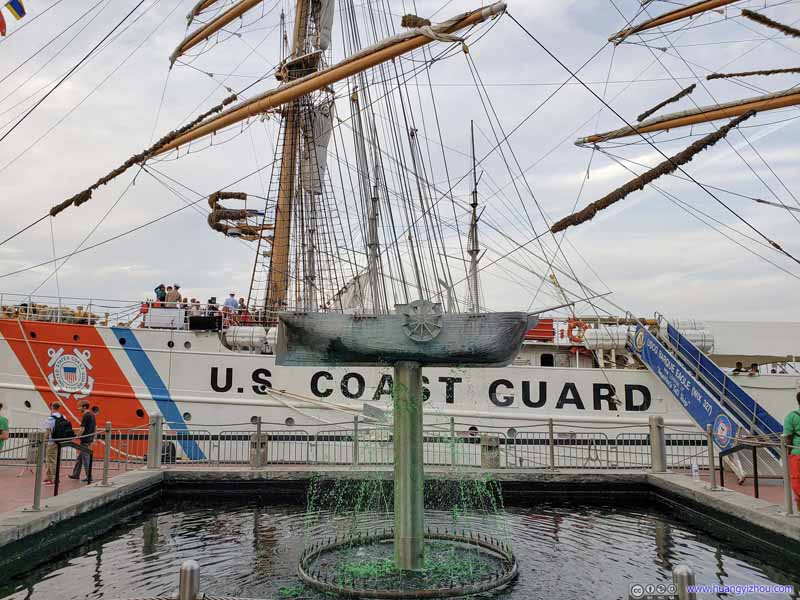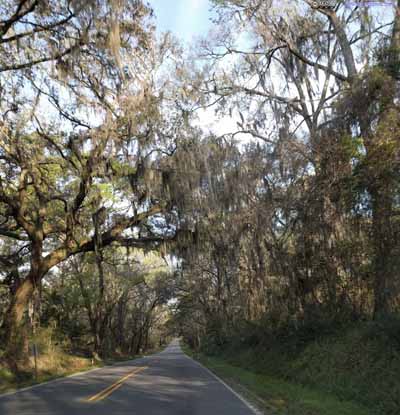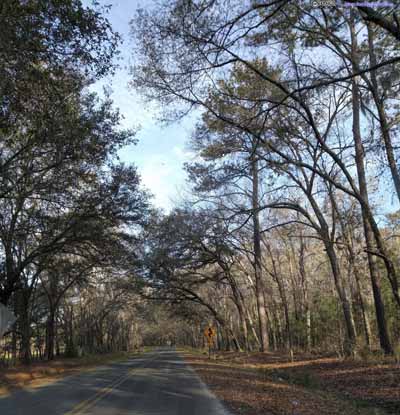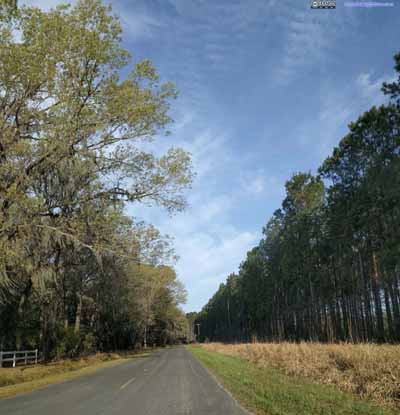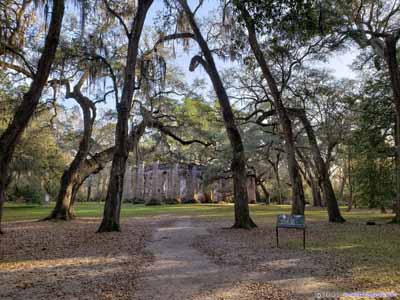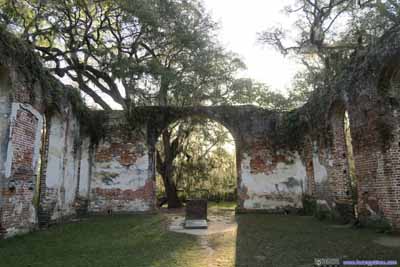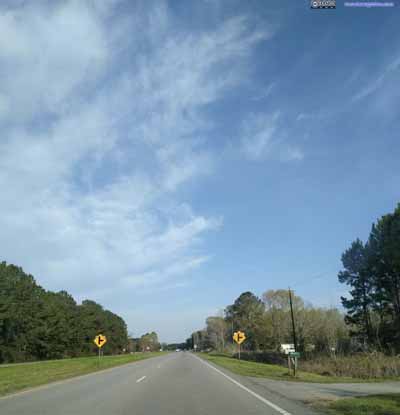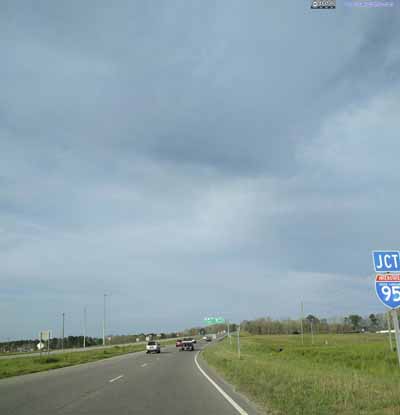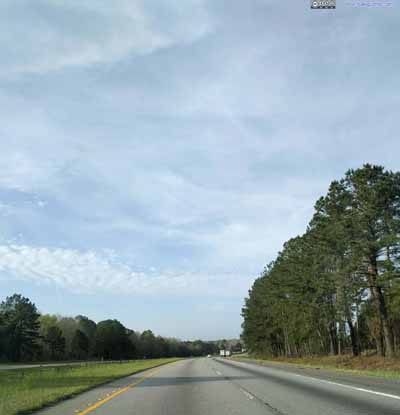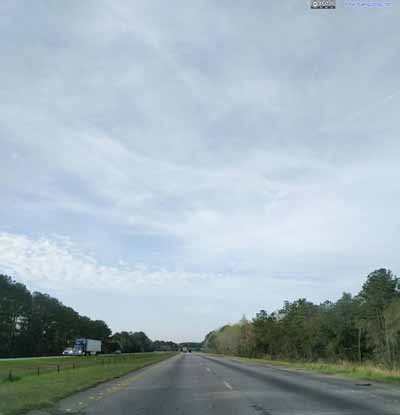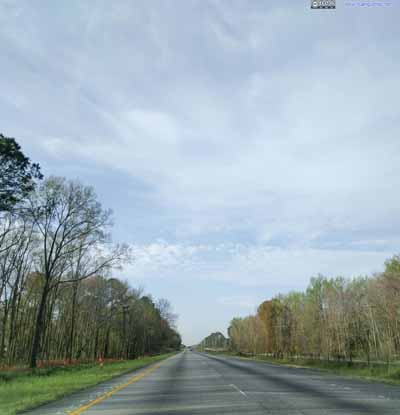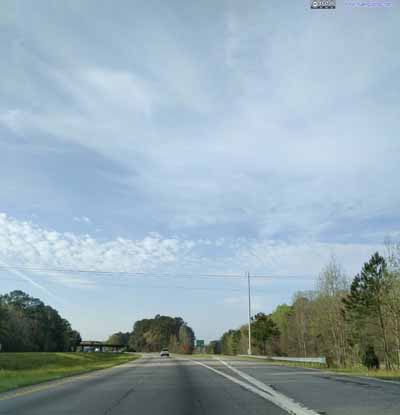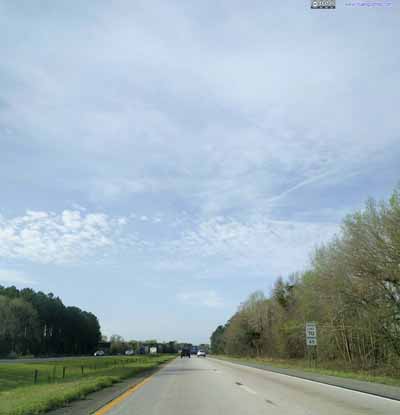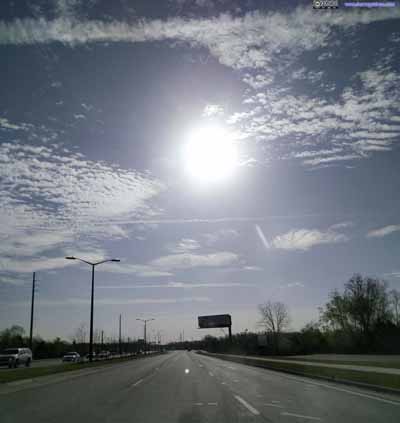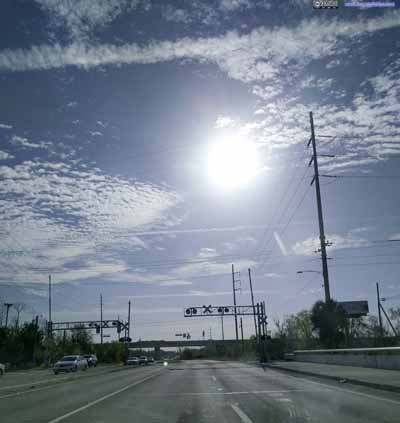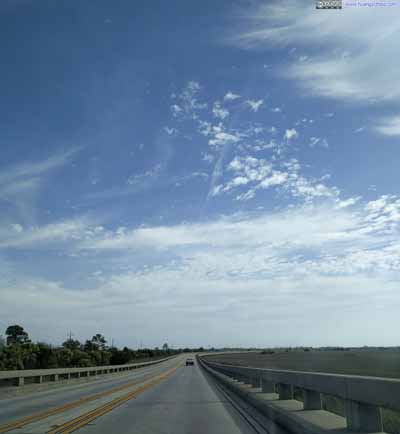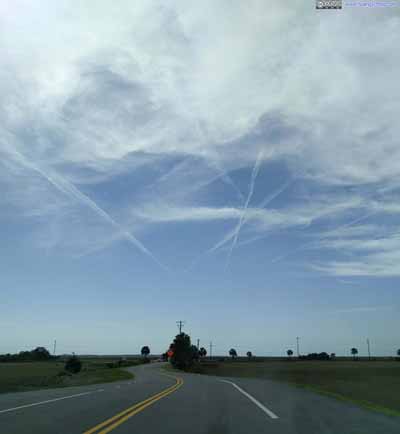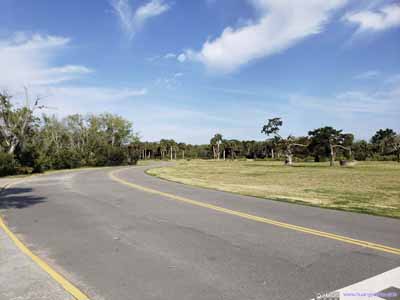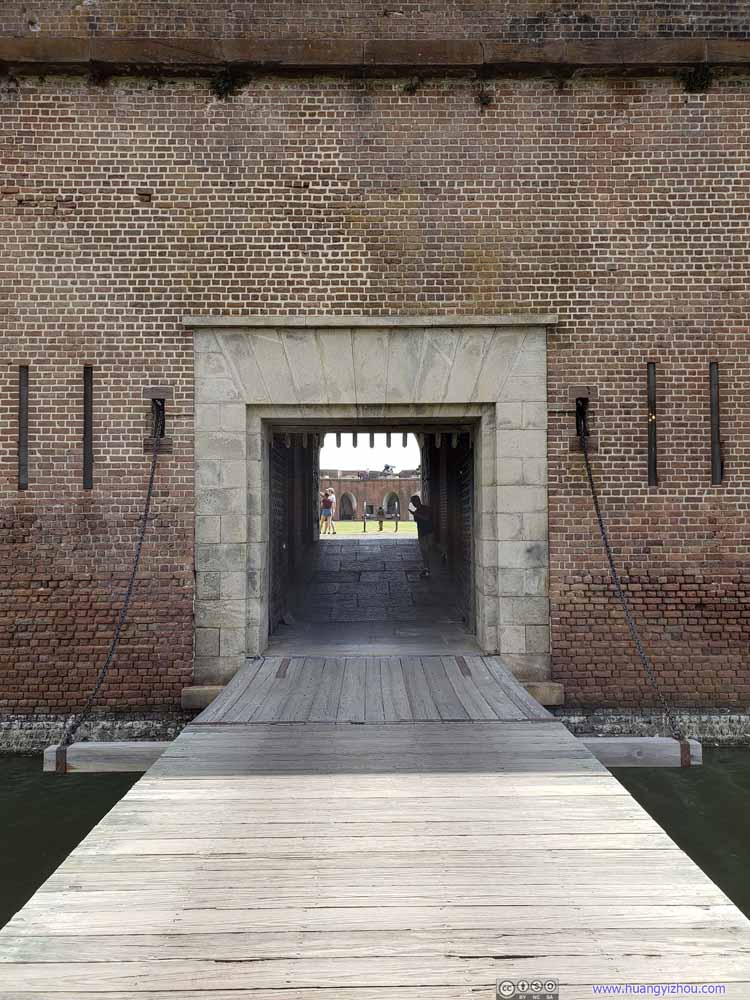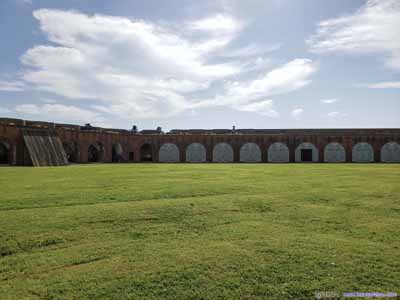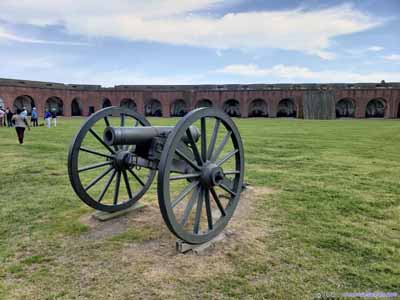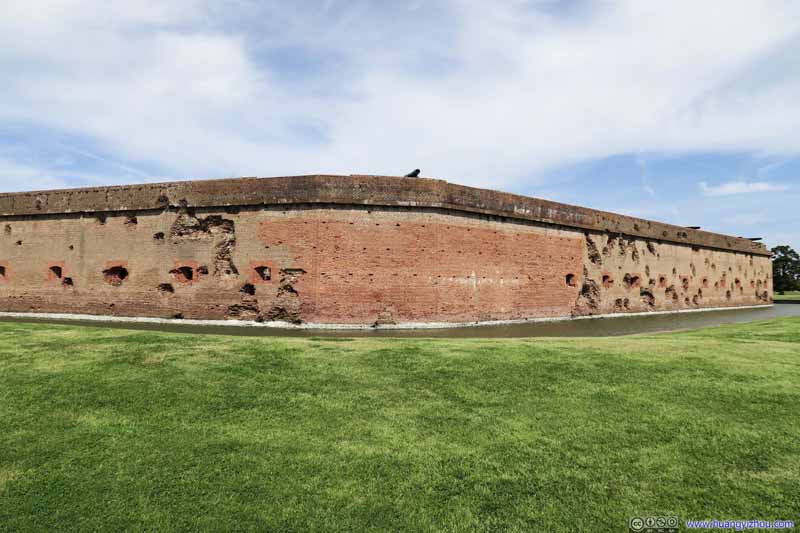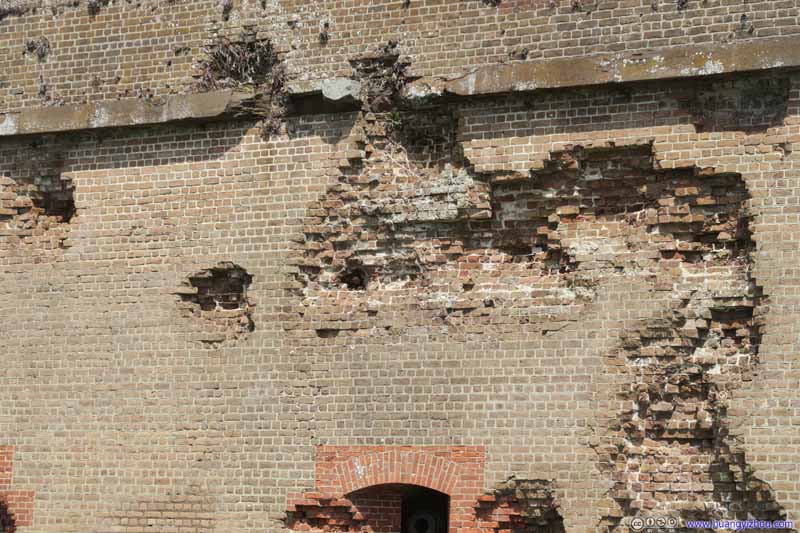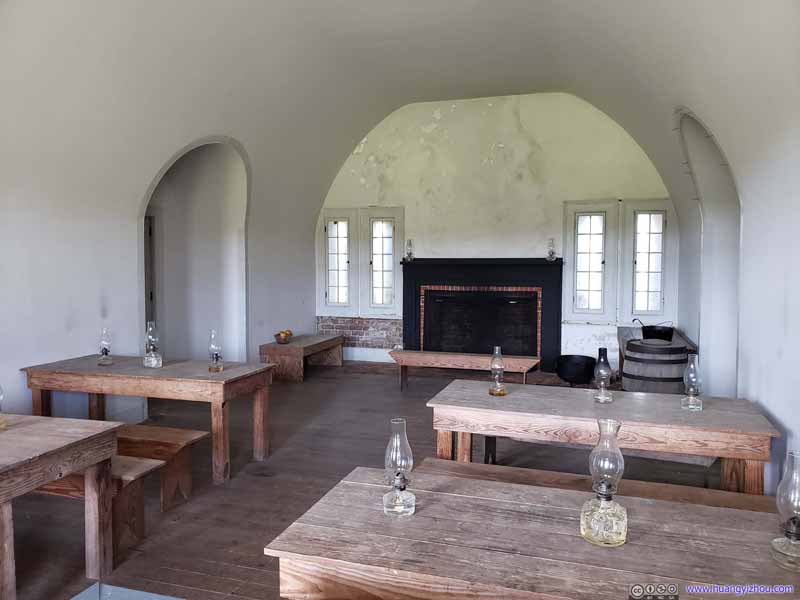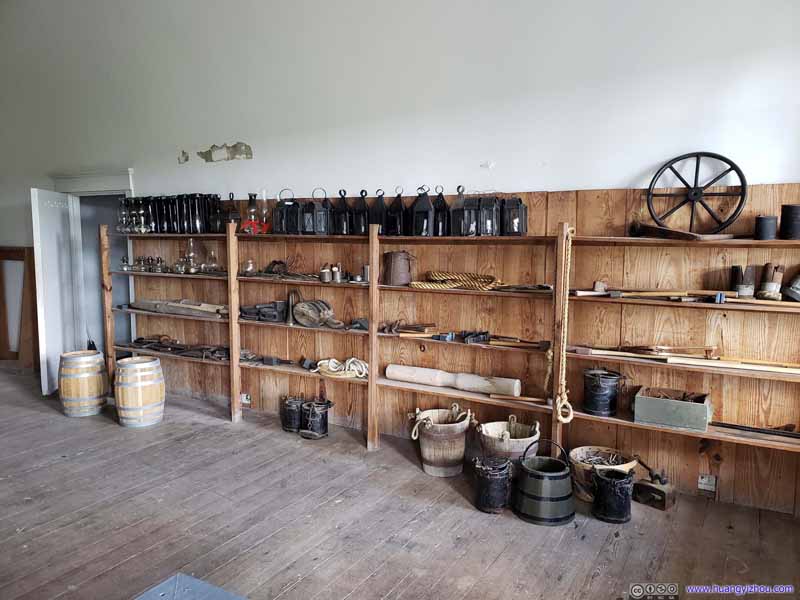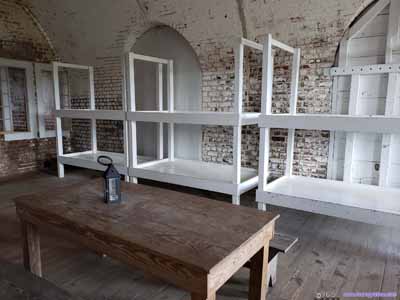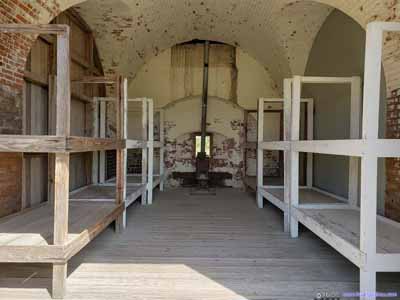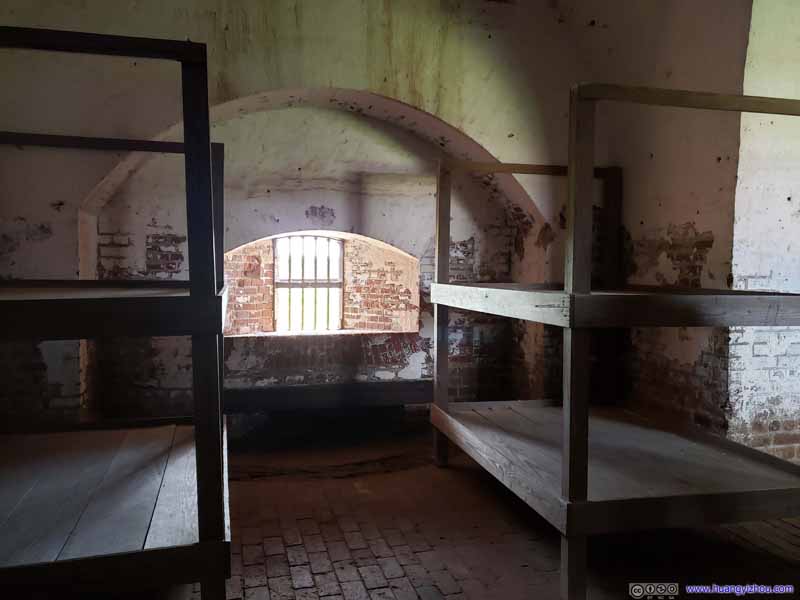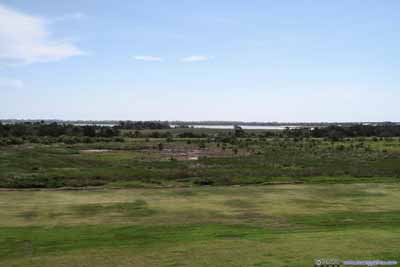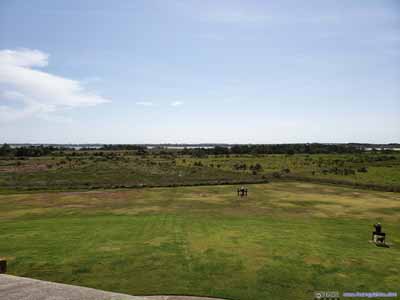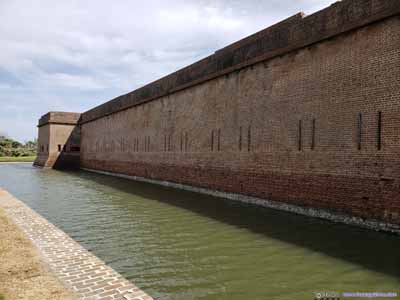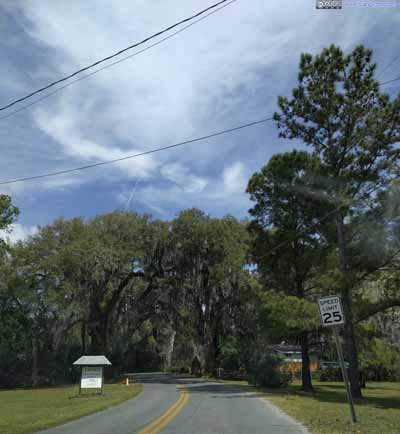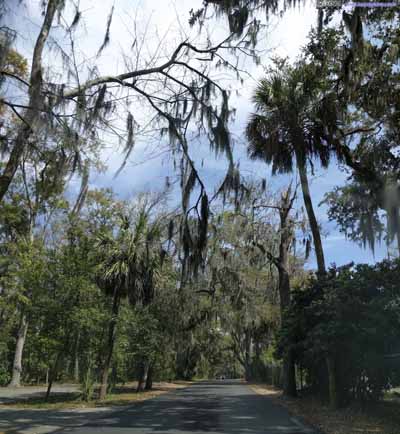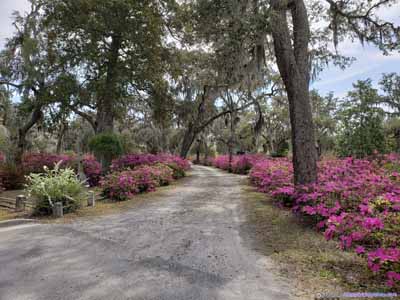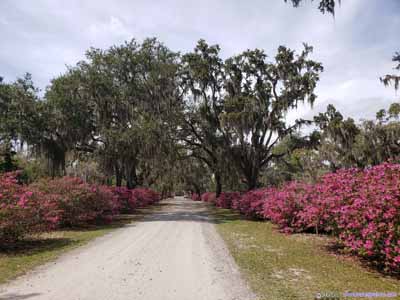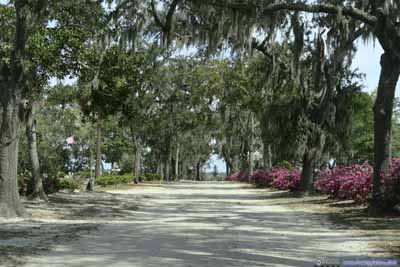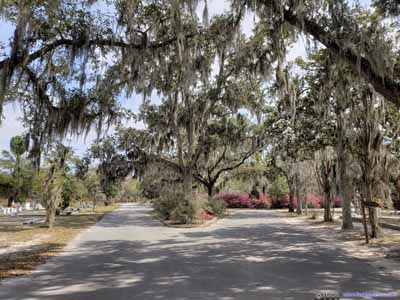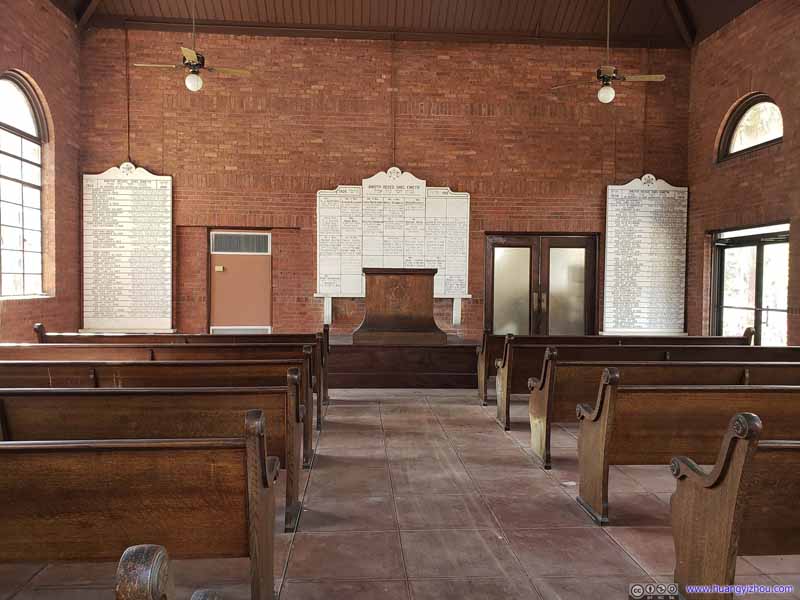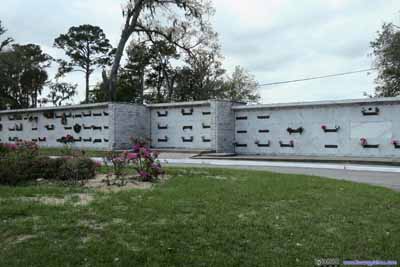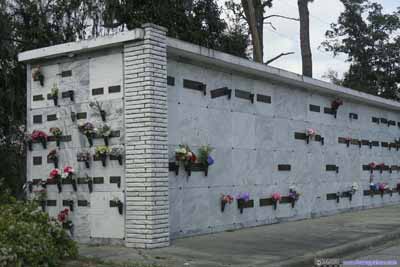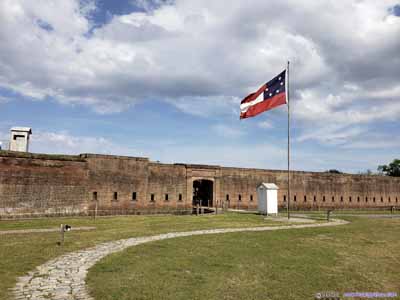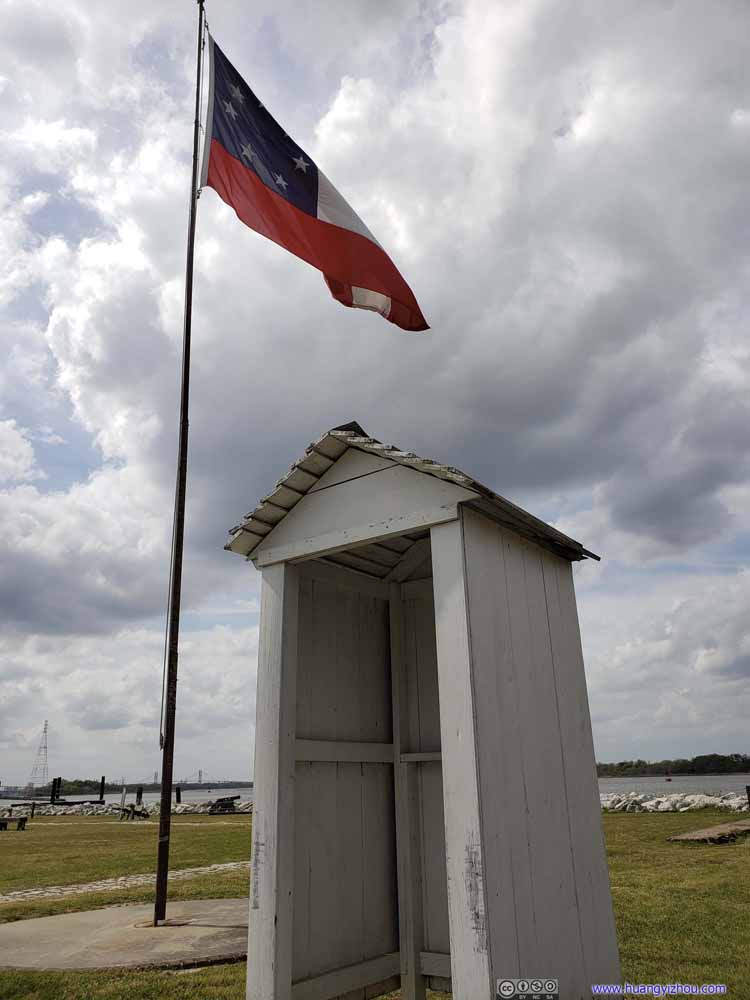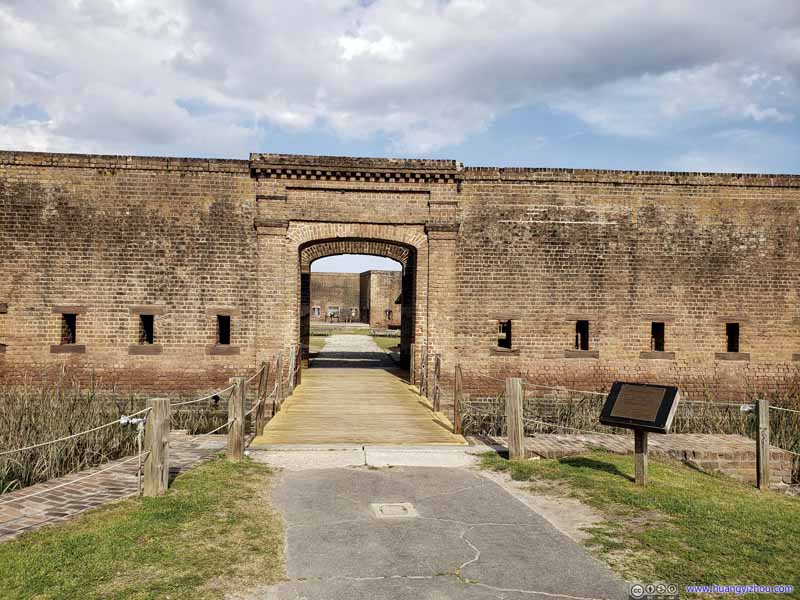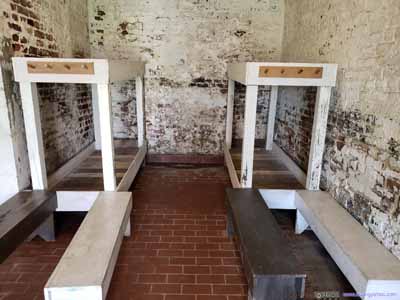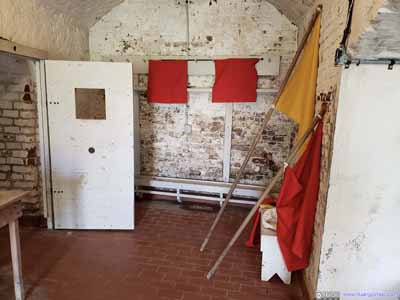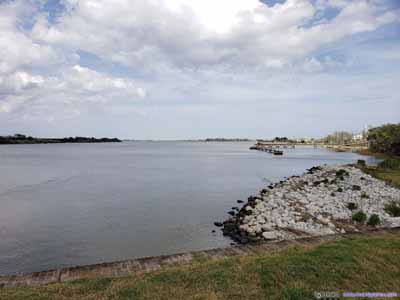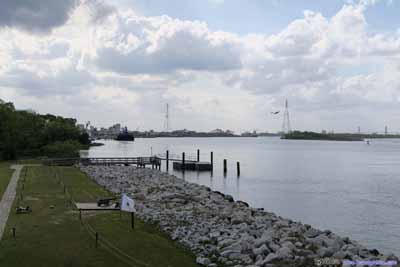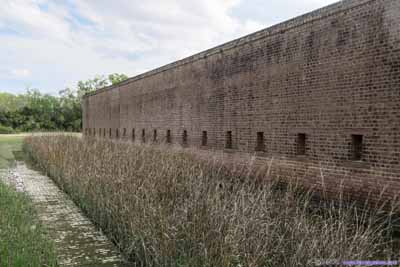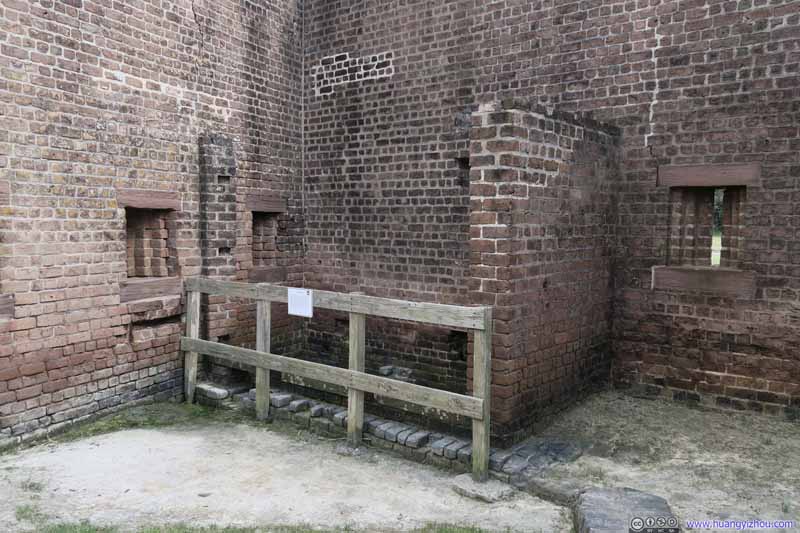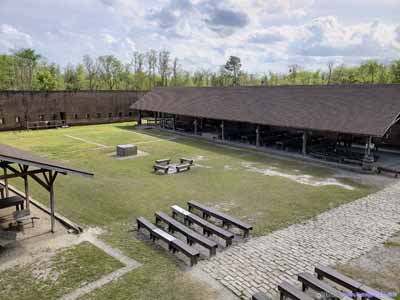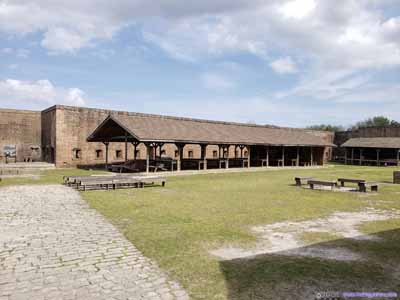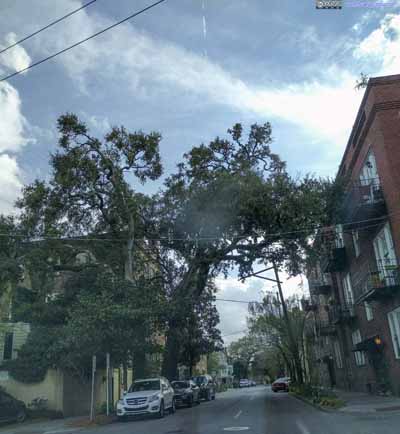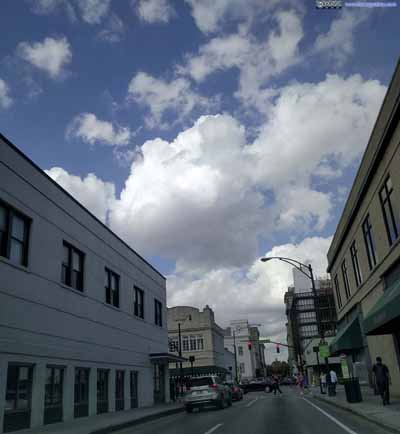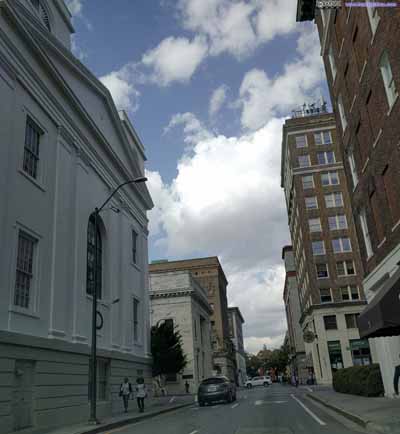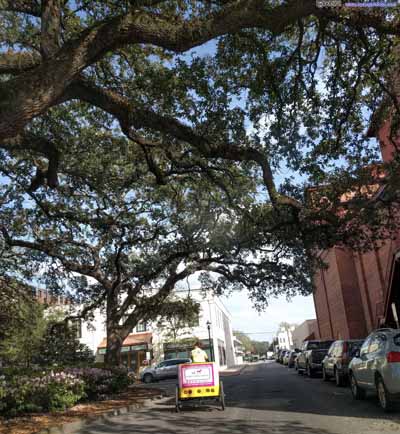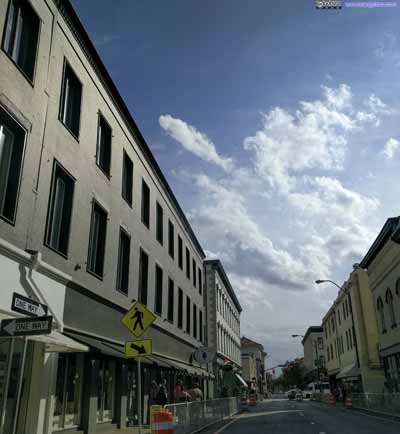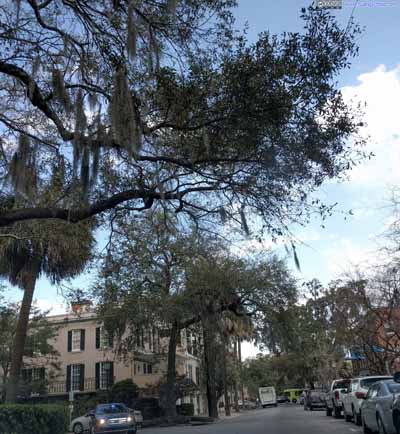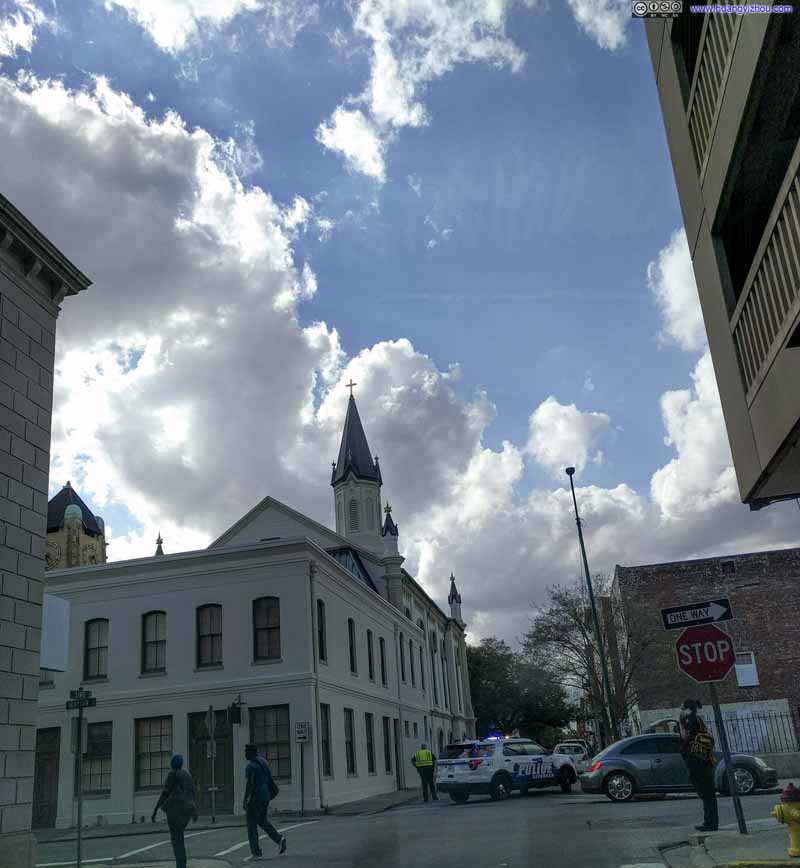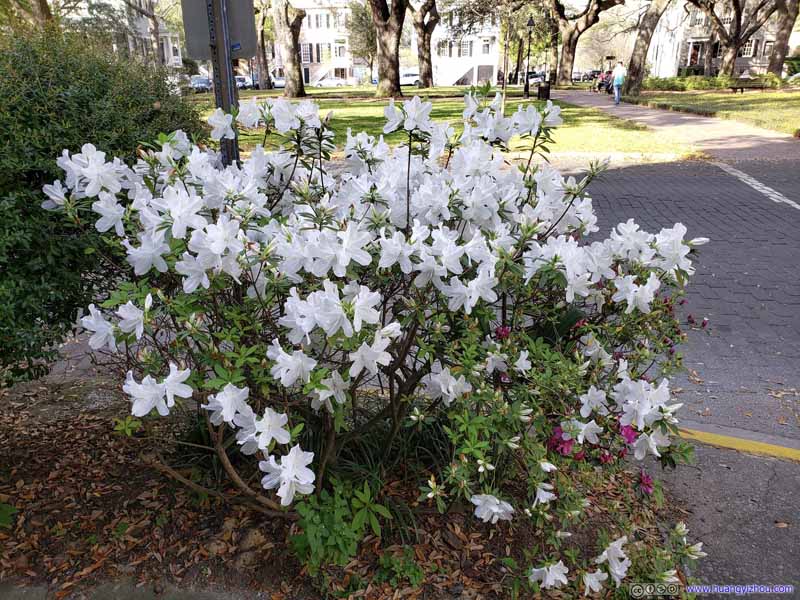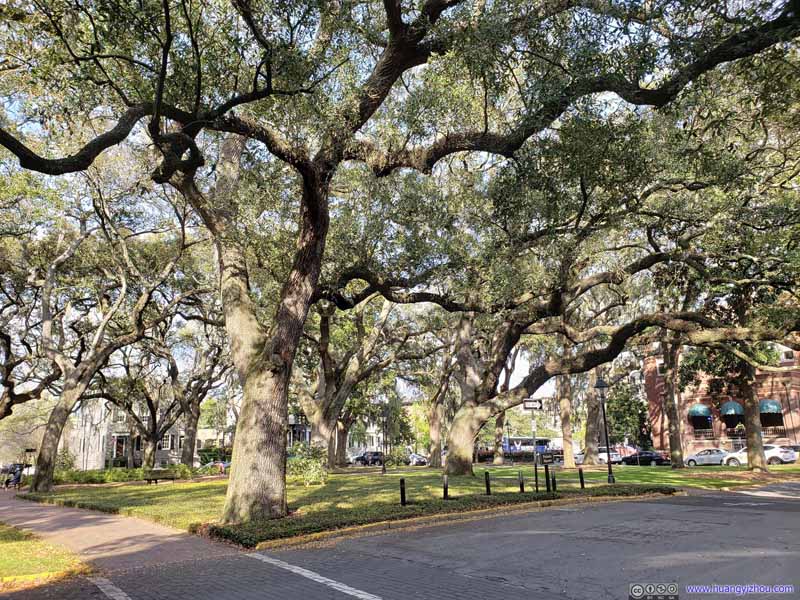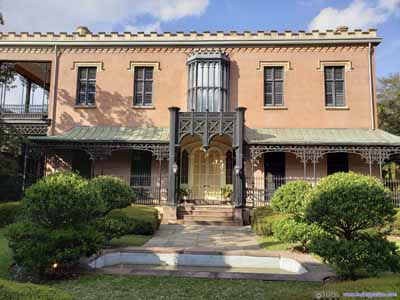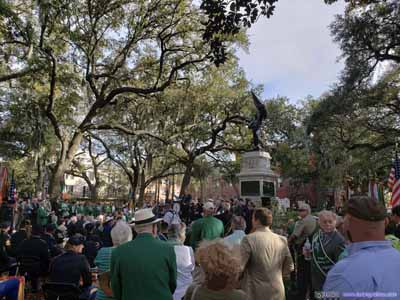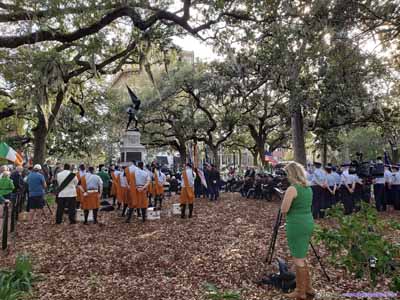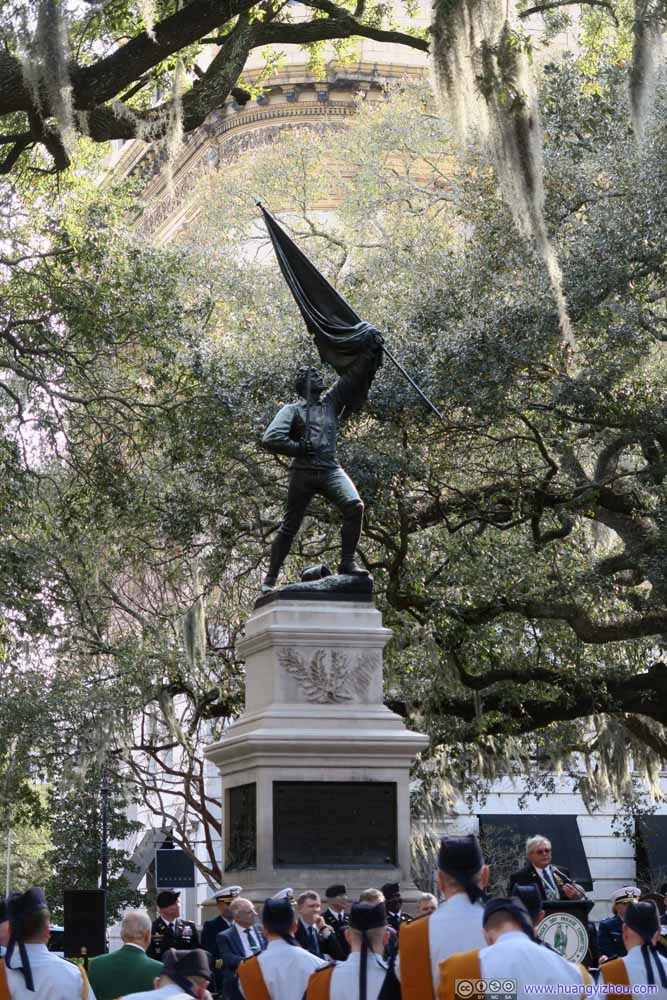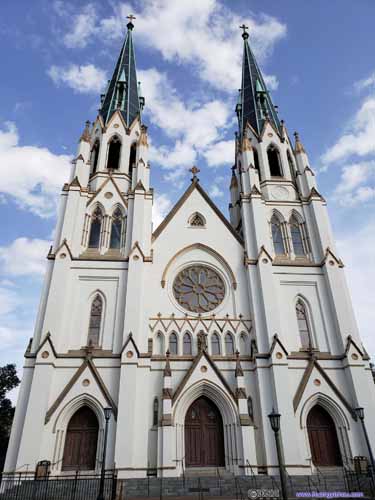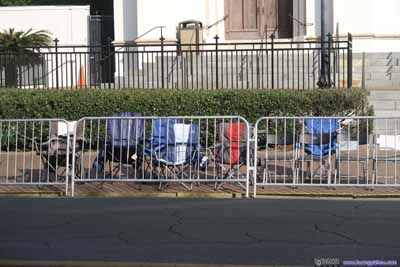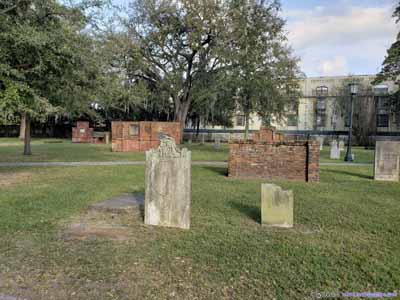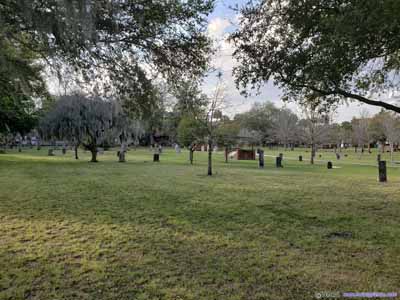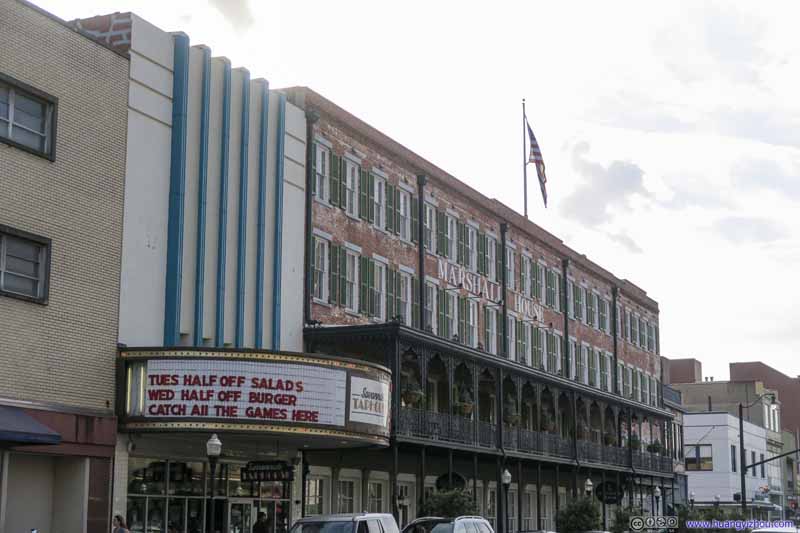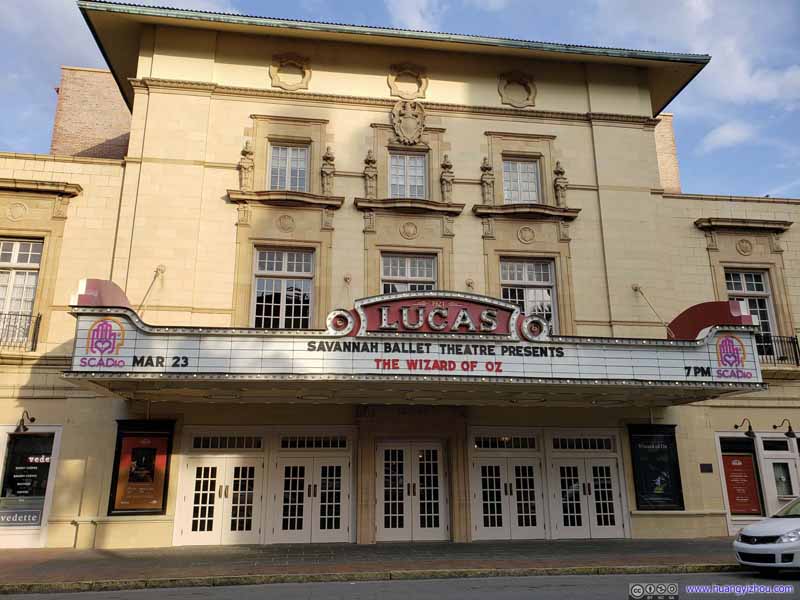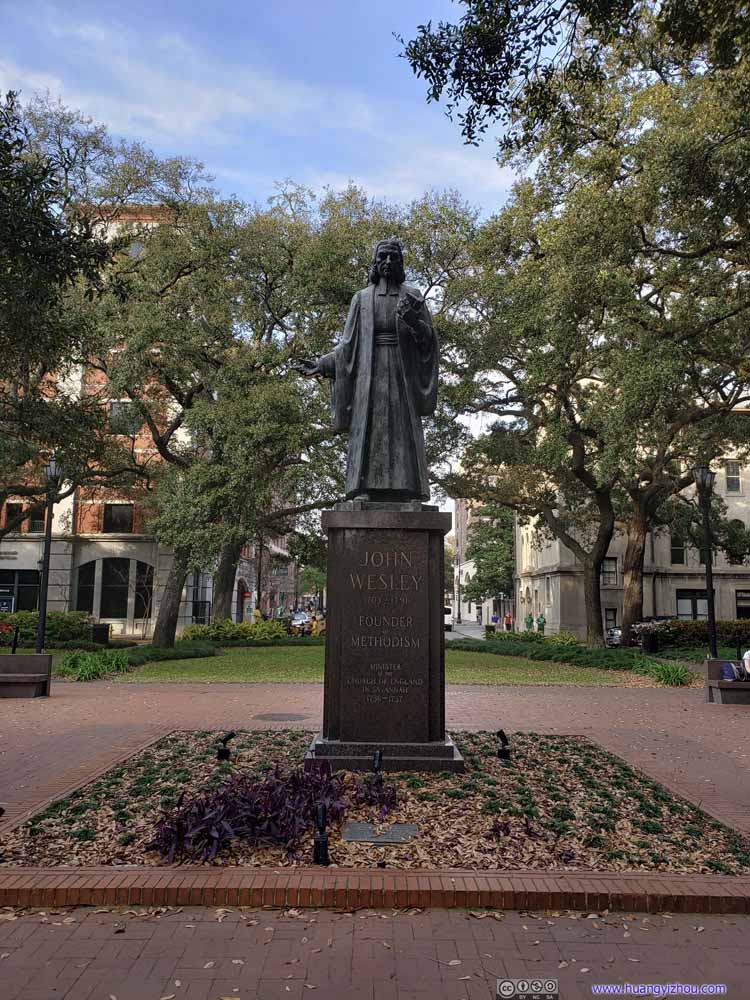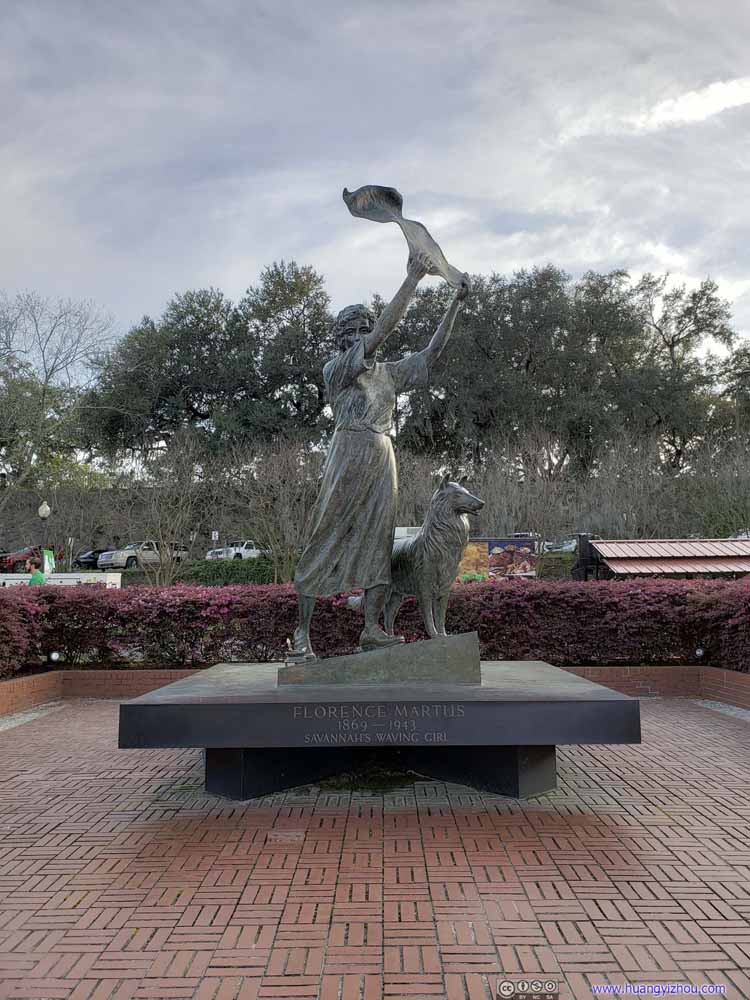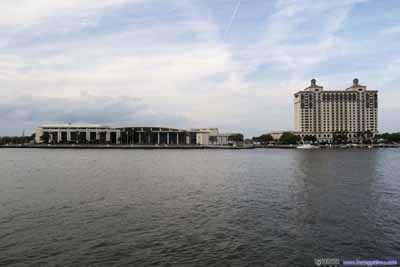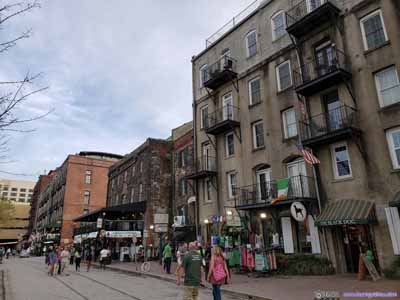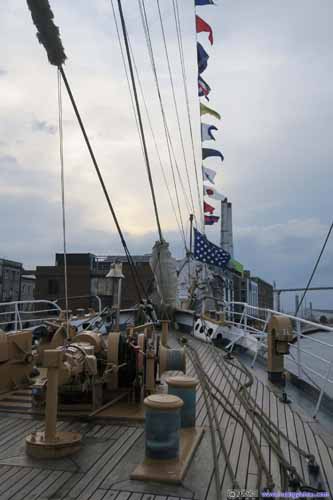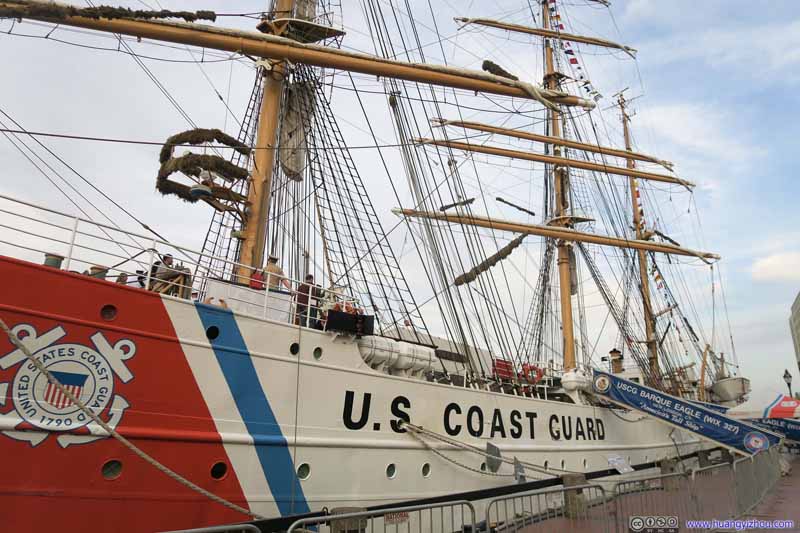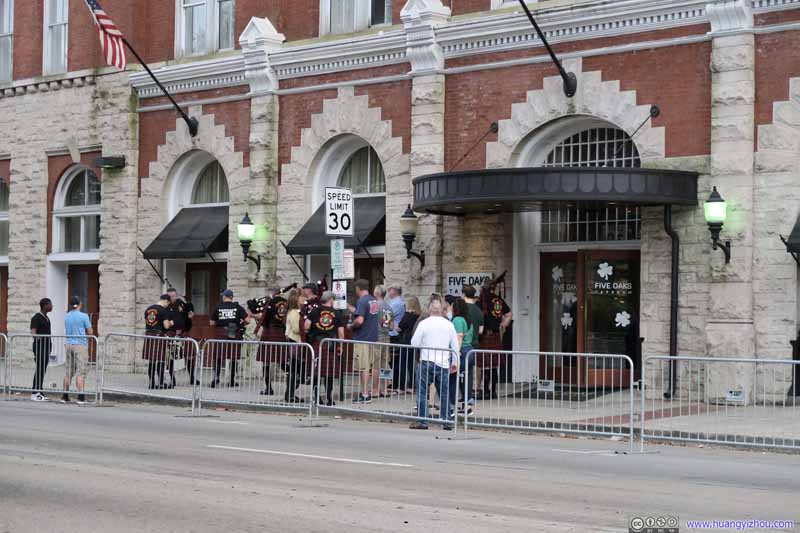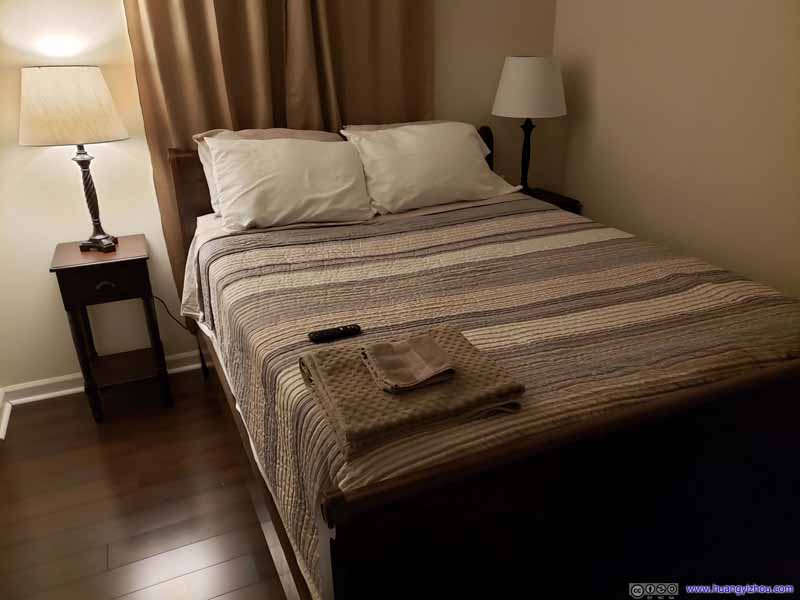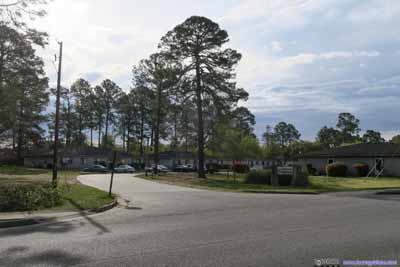Updated on April 23, 2022
Day 2 of 2019 Florida Spring Break, Savannah
Second day of my spring break Florida road trip. My plan of the day was to tour the city of Savannah.
After a marathon run of more than 550 miles on the road for the previous day, I thought today it’s best for me to take a break on the road, and tour the city of Savannah. In this way, my overnight Airbnb stay in Hinesville was only 80 miles farther south.
Old Sheldon Church Ruins
At first, I thought Yemassee SC, where I spent the previous night, was just a village with some lodging business for its proximity to I95. So I was surprised when I stumbled across pictures like this on TripAdvisor, which for a moment I thought belonged to a European town.
So after checking out of hotel in the morning, I decided to pay it a visit before heading off to Savannah. The church was located on a quiet country road like this, among oak trees:
And when there were signs of civilization, farmland and former plantations.

Entrance Road to PropertyThe road to Sheldon Church was lined with properties like this with entrances decorated with flowers and lined with oak trees. I guessed those were former plantations.
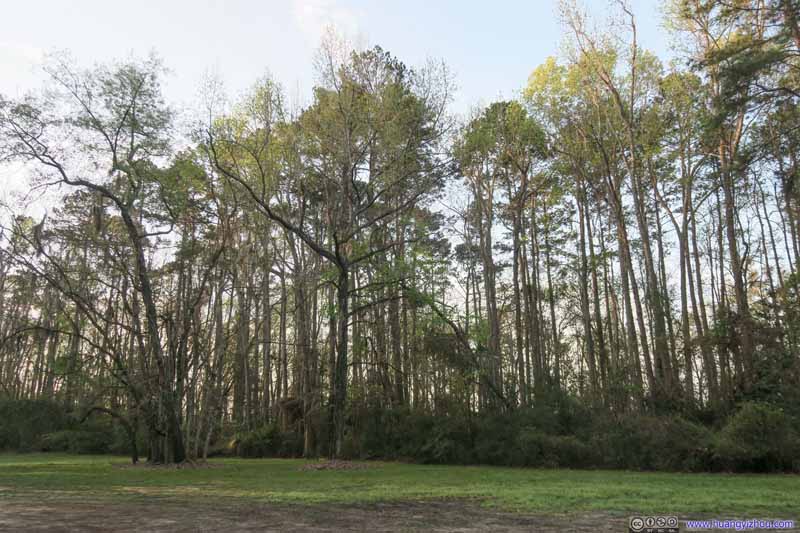
Trees in Morning LightFrom the parking lot of Old Sheldon Church, which was on the opposite side of the road.
It’s interesting that this tablet on church walls said that Federal Army burned the church in 1865, while another post by the road mentioned that local freemen dismantled the church between 1865-1867. It’s even more interesting as the former was placed by “Colonel Dames of America”, while the latter by the county’s historical society.
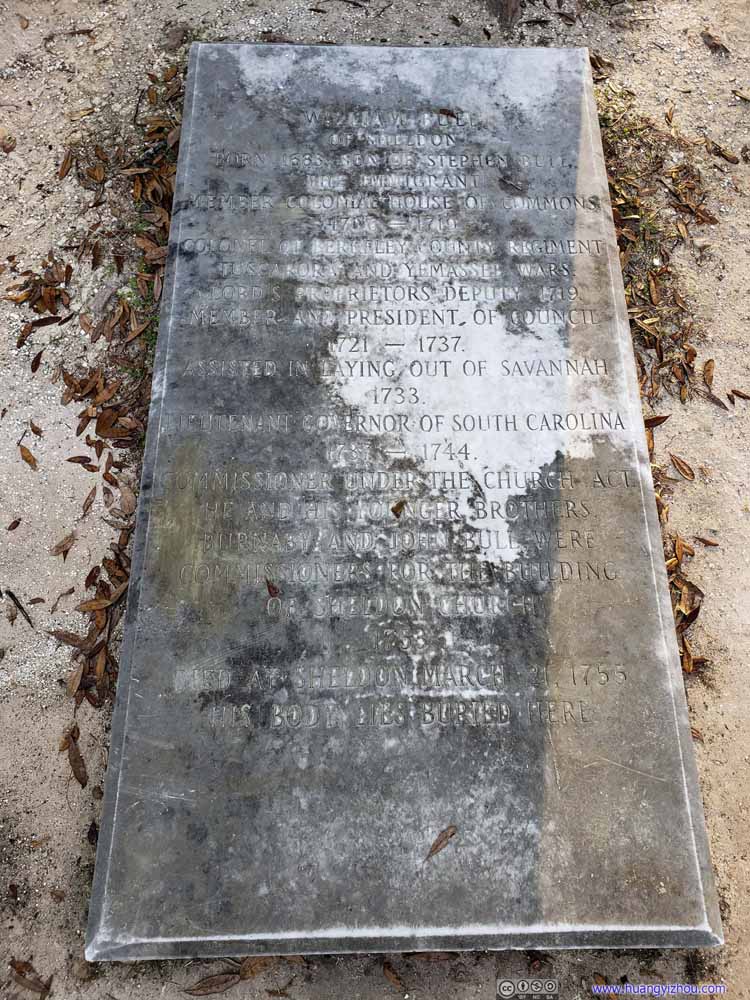
Tombstone for William BullSomeone who assisted in establishing the physical layout of Savannah and later became Lieutenant Governor of South Carolina, who also paid for most of this church’s construction. The church’s often called “Sheldon”, after his plantation.
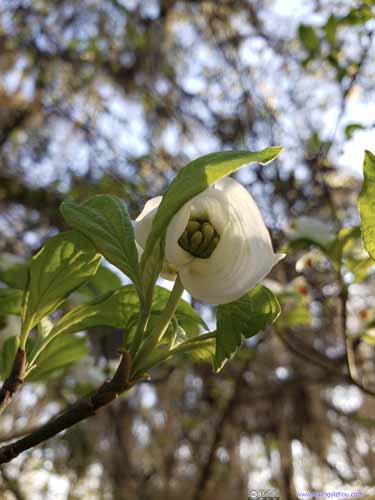
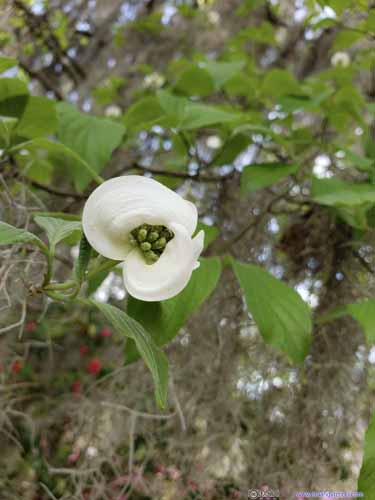 FlowerI don’t know what flower this was, but it seemed to be pretty common in this area at this time of year. The photo on the left was taken at Old Sheldon Church Ruins, while the one on the right in Bonaventure Cemetery five hours later.
FlowerI don’t know what flower this was, but it seemed to be pretty common in this area at this time of year. The photo on the left was taken at Old Sheldon Church Ruins, while the one on the right in Bonaventure Cemetery five hours later.
After that, I set off for the city of Savannah.

City StreetsCovered with canopies of oak trees and lined with flower-decorated mediums, many major streets in downtown Savannah were like this.
Since I wasn’t very content with breakfast from hotel this morning, I decided to scout out the city’s Walmart for food. And since they were all located in the suburb, I began my tour from the suburb too. And my first stop would be Fort Pulaski.
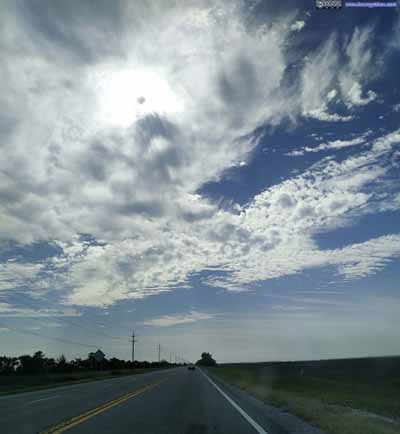
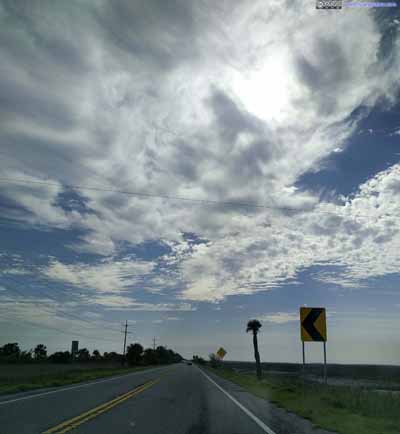

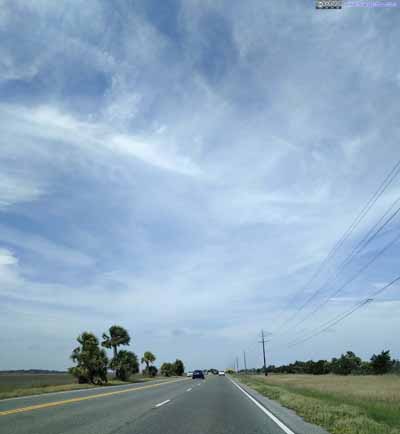 Country Road on McQueens IslandThis is coastal low country, with wide open views on both sides of the road.
Country Road on McQueens IslandThis is coastal low country, with wide open views on both sides of the road.
Fort Pulaski
That’s where I got the 80-dollar NPS annual pass, which turned out to be rather helpful.
Fort Pulaski seemed a popular destination for the locals, with a few school trips going on around me. The only downside was that it was located in an open coastal spot, so wind was blowing easily strong.
Fort Pulaski was one of the Third System of coastal fortifications built after war of 1812. The fort was named after Kazimierz Pulaski, a national hero in Poland who fought against Russia for Polish liberty, who then fought in American Revolution under the command of George Washington. He was selected by Congress in 1778 to command the cavalry unit and mortally wounded during Battle for Savannah in 1779.
I happened to bump into the 11am guided tour, which came with a lot of interesting tales. The fort was built by the Union starting in 1829, but hadn’t been used until the civil war. So throughout that time, the fort was guarded by local militia in caretaker state. It’s my favorite metaphor that the local militia were more a Friday-night bear-drinking club than a militarized unit, so when South Carolina seceded from the Union in 1860 and Georgia’s governor foresaw its imminent session and decided to seize the fort for his state from the Union, the militia just fled.
Then later, the Union was unhappy that the Confederates had the fort. In April 1862, the Union set up rifled cannon at nearby Tybee island and began bombarding the fort.
30 hours later, powder magazine was in danger of being hit by incoming shells, and the Confederate surrendered. Later, the fort served as a final stop of underground railroad as slaves would be freed upon arriving this Union-controlled fort.
Then there were some casemates turned into exhibition rooms.
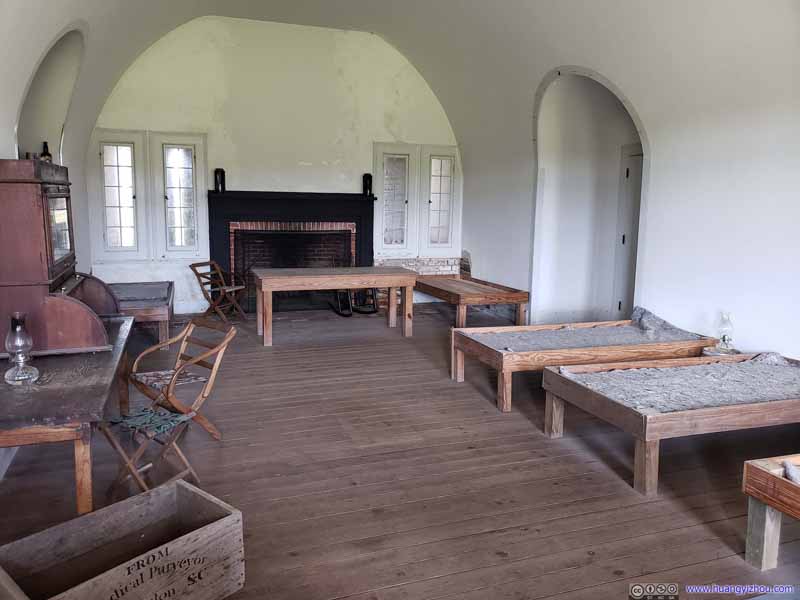
Medical RoomA nearby board mentioned that, as surgeon of this fort, Dr. Grosvenor had the hobby of collecting flowers and poetry.
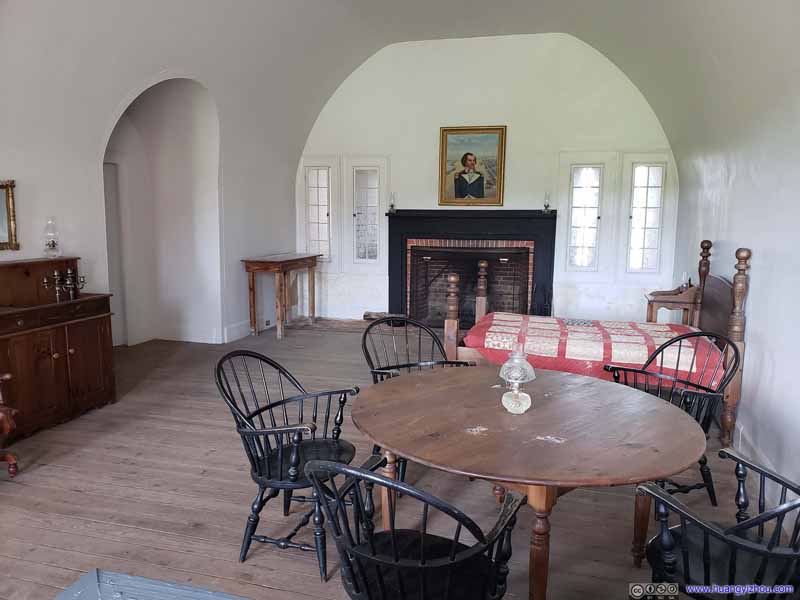
Commanding Officer’s RoomWith confiscated furniture from Bluffton, South Carolina, idea of Colonel Brown’s wife.
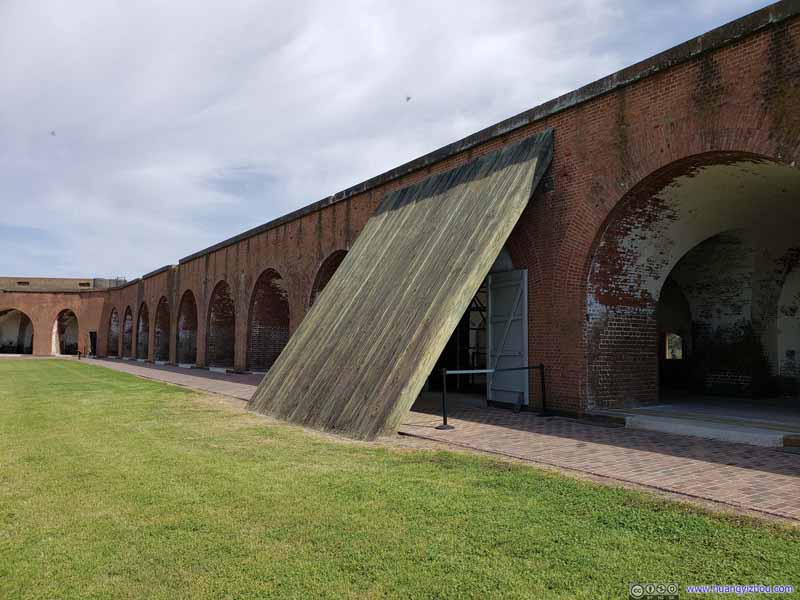
Recreated BlindageUsed by the Confederate soldiers in early 1862 to shield incoming shot and shells.

Site of VillageA village, first built to house workers constructing the fort and then an extension of it, once stood on this field. Now, only two cisterns used to store fresh water (as the island’s close to salty sea) were left, with most of the village destroyed by hurricane in 1881.
After leaving Fort Pulaski, I had a quick lunch before heading to my next stop of the day, Bonaventure Cemetery.

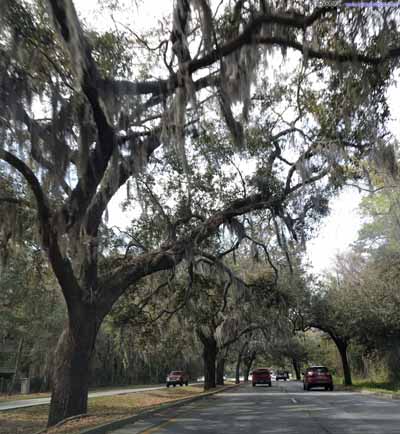 Roads in Savannah SuburbDriving underneath the omnipresent oak trees of the city was quite enjoyable.
Roads in Savannah SuburbDriving underneath the omnipresent oak trees of the city was quite enjoyable.
Yes, it’s a cemetery, by Wikipedia made famous when featured in the 1994 novel Midnight in the Garden of Good and Evil, which somehow made it to the top of TripAdvisor’s Savannah attraction list.
Many notable persons were buried here, which I knew none. But on a day when spring is in full swing, there was more life in the air than death. I mean, minus the tombstones, it’s a botanic garden, with kids running around and seniors stroking paintboards.
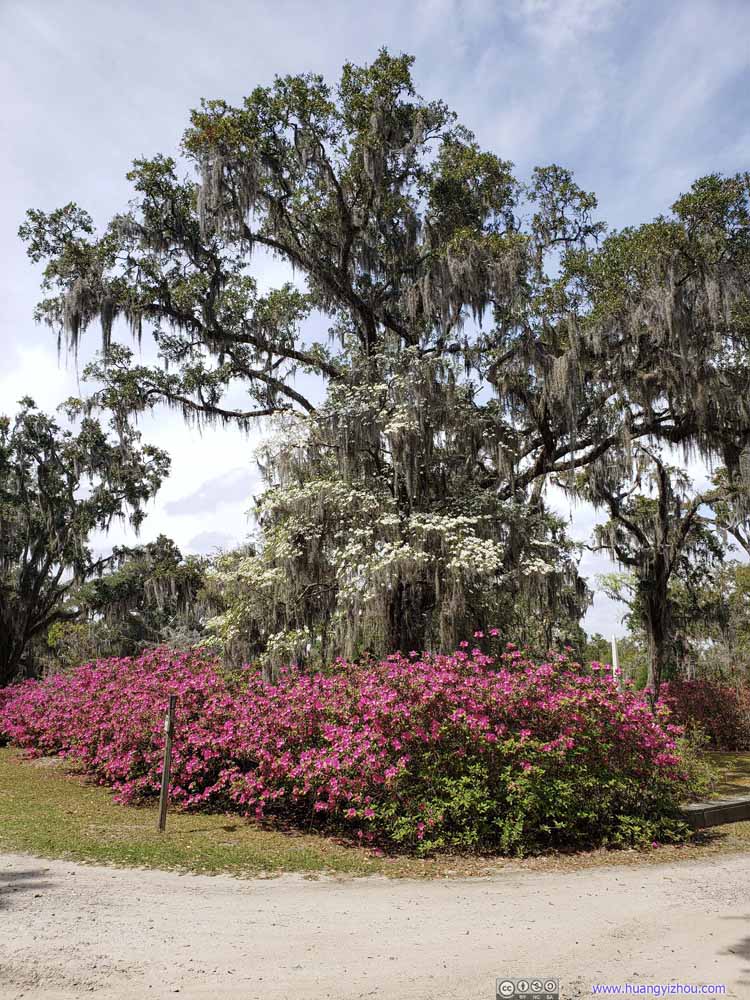
Blossoming Flowers and TreesSurprised to find out oak trees blossomed, and its flowers were quite beautiful.

Little Gracie WatsonLittle Gracie Watson was born in 1883, the only child of her parents. Her father was manager of the Pulaski House, one of Savannah’s leading hotels, where the beautiful and charming little girl was a favorite with the guests. Two days before Easter, in April 1889, Gracie died of pneumonia at the age of six. In 1890, when the rising sculptor, John Walz, moved to Savannah, he carved from a photograph this life-sized, delicately detailed marble statue, which for almost a century has captured the interest of all passersby.
At first, I tried to cover the cemetery grounds by foot, which turned out to be immense. So I practiced the local way, of touring the cemetery in automobile.
Nearby, there were more cemeteries (Forest Lawn Memory Gardens / Greenwich Cemetery), which weren’t as much botanic gardens. I paid them a quick visit.
Then I headed to my next stop of Old Fort Jackson.
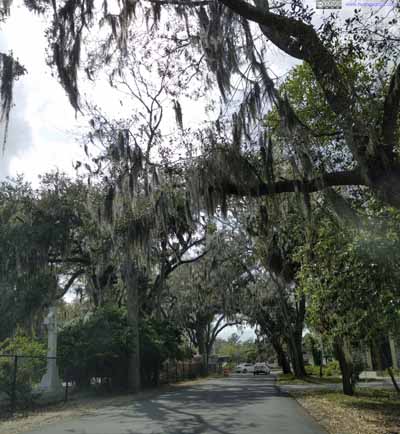

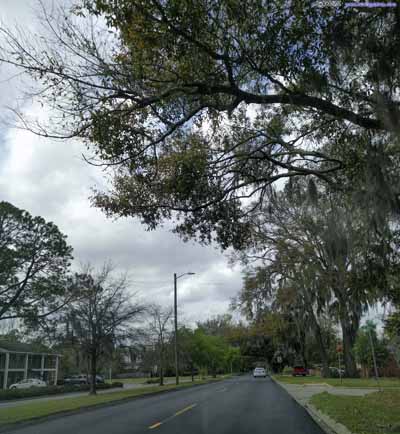
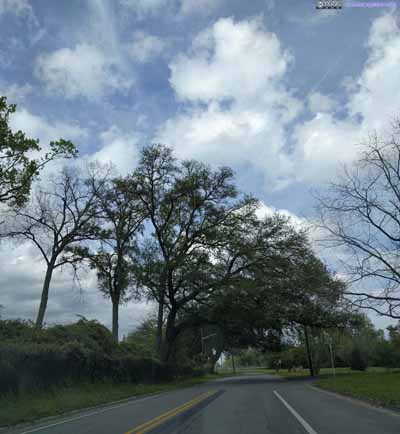 Roads in Savannah SuburbDriving underneath the omnipresent oak trees of the city was quite enjoyable.
Roads in Savannah SuburbDriving underneath the omnipresent oak trees of the city was quite enjoyable.

 Entrance Road to Old Fort JacksonThe fort’s so rarely visited that they didn’t even bother to print the medium.
Entrance Road to Old Fort JacksonThe fort’s so rarely visited that they didn’t even bother to print the medium.
Old Fort Jackson
A fort built during 1808 and 1812 to protect the city of Savannah.
To me, it’s an experience both empowering and bewildering to tour both Fort Pulaski and Fort Jackson in the same day. They were like two sides of the same Civil War story, told by different people in different manners.
Fort Pulaski began as a Union fort, the winning and virtuous side of the war. So it’s filled with stories of Union Soldiers, with ingenuity and bravery, bombarded the fort to its surrender in April 1862. Then it became the righteous end of underground railroad. The Union were to “control” shipping in and out of Savannah with the fort. Nowadays it’s in NPS procession, teeming with people.
But Fort Jackson was different. It’s built by southern people to protect Savannah. The union soldiers didn’t bother to take it (to be accurate, there were a few isolated attacks though) until December 1864, when it was abandoned (“evacuated” was the more dignified word used here) by the Confederate. In this way, Fort Jackson “defended” Savannah from Union naval aggression. And now, it’s owned by the state of Georgia, hardly visited by people.
Probably because it’s smaller in size than Fort Pulaski and not as significant, the Union didn’t bother to capture it, until very late in the civil war. And it remained in the hands of the state of Georgia till this day, not known to a lot of people.
Click for detail about James Jackson, whom the fort was named after
James Jackson was born in Moreton-Hampstead, Devonshire, England on September 21, 1757. In 1772 he emigrated to Savannah, Georgia. At the time of the American Revolution he served in the Georgia State Militia taking part in the Siege of Savannah. At the Battle of Cowpens he distinguished himself by capturing the colors of the 71st British Regiment. He was later given the keys to the city of Savannah when the British evacuated.
James Jackson was the first Georgian to serve in all three political offices as U.S. Senator (1793-1795), U.S. Representative, and Governor of Georgia (1798-1801). He was elected to the First Congress serving from March 4, 1789-March 3, 1791. He was also the author of the 1798 State Constitution, Designer of the State Seal, and “Prince of Duelists”. His lasting words were, “It you cut my heart out, you will find Georgia engraved on it.” He died March 19, 1806 and is buried in the Congressional Cemetery in Washington, D.C.
From official information board.

Model of Earlier Fort
Click for details
Initial construction on Fort James Jackson began in 1808. Captain William McRee, a recent West Point graduate, was assigned to oversee the construction and design of the fort. Along with the soldiers, laborers were hired and paid 46 cents per day plus a daily ration to assist in the building of this river defense.
This model represents the appearance of Fort Jackson during the War of 1812. The front brick battery and two powder magazines are all that remain of this structure.
Attached to the brick battery was a wooden palisade wall, which enclosed the rear of the fort. The wall was cut with loopholes, which provided an outlet for soldiers to fire their muskets.
Wooden barracks with fireplaces were built to house the soldiers who garrisoned the fort. Inside these barracks contained sleeping quarters, storage, kitchens, and a dining hall.
On September 17, 1823 the garrison was moved to Tybee Island due to continuous unhealthy conditions and the fort was virtually abandoned. Vandals eventually broke into the fort burning the barracks and destroying various other areas of the fort.
Fort Jackson fell into disrepair for more than 20 years. On November 25, 1845 Lt. B.S. Alexander of the U.S. Army Corps of Engineers was assigned to oversee a new phase of construction and restoration.From official information board.
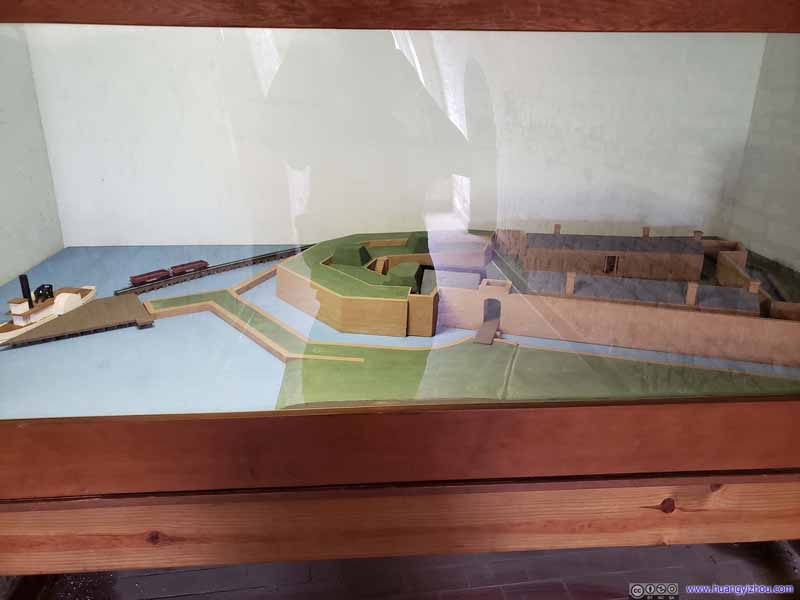
Model
Click for details
Construction continued on Fort Jackson through to 1861. This model depicts the fort completed by the beginning of the American Civil War.
In March 1847 foundations for a drawbridge and privies were begun.
In January 1858 the walls of the barracks were built and the masonry work to the entrance of the fort was completed.
All work was discontinued in February 1861 due to the fort being “forcibly taken authorities of the state of Georgia” as recorded by Lt. W.H.C. Whiting, US Army Corps of Engineers.
By November 1861 For Jackson had an armament of one 32 pounder Navy rifled cannon, five 32 pounder Navy Cannon, and three 18 pounder cannons.
On April 17, 1862 railroad iron was brought in by ship to fortify the powder magazine near the front gates.
The Confederates would later add a railway in 1863 to bring troops, supplies, and ammunition to Fort Jackson as well as Battery Lee, which still stands to the east of the fort.
On the evening of December 20, 1864, Confederate troops upon evacuating Fort Jackson burned barracks, booby-trapped the front gates, spiked the guns and dropped all ammunition and supplies into the moat. Which could not be carried with them. The following night, Union troops entered the smoldering fort, thus bringing Fort Jackson back under the United States government.From official information board.
Fort Jackson had a few casemates with exhibitions, about how Confederate ships engaged Union in various encounters, but none as heroic as Union’s bombardment of Fort Pulaski. So gauging reader interesting, I won’t post them here.

Flags on DisplayFrom close to far: 15 Star Union Flag (1808-1812), Georgia Secession Flag (early 1861), Stars and Bars Confederate Flag (March 1861 to May 1863), Stainless Banner Confederate Flag, 36 Star and Union Flag.
A staff dressed in solider uniformed went through those flags to us. Basically, all the Confederate flags had problems of their own. The Georgia Secession Flag being short-lived and hardly recognized, the Stars and Bars Confederate Flag being too similar to the Union flag and the Stainless Banner Confederate Flag looked like white flags for surrender if not hung carefully. Suddenly I felt sympathetic for the Confederates.
After that, my last stop of the day would be downtown Savannah.
Downtown Savannah
Unfortunately, it’s the Friday before St. Patrick’s Day, and the entire city of Savannah seemed to be partying. That created some problems for me as parts of downtown Savannah was blocked off by police cars like this:
And for the parts that weren’t blocked off, finding a parking spot was harder than what I expected, when all private garages were charging absurd event rates, and all municipal garages displayed “full”, despite there were cars exiting.
So after circling around downtown Savannah for half an hour, I finally found a metered parking spot, 1km from riverfront, and began my walking tour of Savannah.
Here’s GPS tracking:
Pulaski Square
Streets of downtown Savannah felt heavily planned (Oglethorpe plan was the name), with squares like this every few blocks providing urban green spaces, centuries before that notion was born.
Madison Square
Then I wandered into Madison Square, where an event honoring Irish law enforcement was taking place.
Click for detail about Sergeant Jasper
Sergeant William Jasper, the famed Revolutionary hero, was mortally wounded a few hundred yards northwest of this spot on October 9, 1779, in the ill-fated attack of the American and French forces on the British defenses around Savannah. The monument to Jasper in this Square was unveiled in 1888 with great ceremony.
The 15½ foot bronze statue of Jasper was designed by the distinguished sculptor, Alexander Doyle of New York. The sculptor has depicted the heroic Sergeant bearing the colors of the Second Regiment of South Carolina Continentals during the assault at Savannah. His right hand, in which he holds a sabre, is pressed tight against the bullet wound in his side. Jasper’s bullet-ridden hat lies at his feet. His face, as portrayed by the sculptor, reveals intense suffering and resolute purpose.
The bas relief panels on the North, West and East sides of the monument represent the sculptor’s conception of three episodes in Sergeant Jasper’s Revolutionary career: – the ramparts of Fort Sullivan near Charleston where Jasper, under heavy fire, bravely replaced the flag: the liberation of Patriot prisoners by Jasper and a companion at what is now called Jasper Spring near Savannah: and the dying hero’s last moments after the attack of October 9, 1779.
From nearby post.
After that, I came across The Cathedral of St. John the Baptist, by which time it’s already closed.
It seemed that some people were already claiming their spot along St Patrick Day parade route.
On my way to waterfront, I passed by Colonial Park Cemetery.
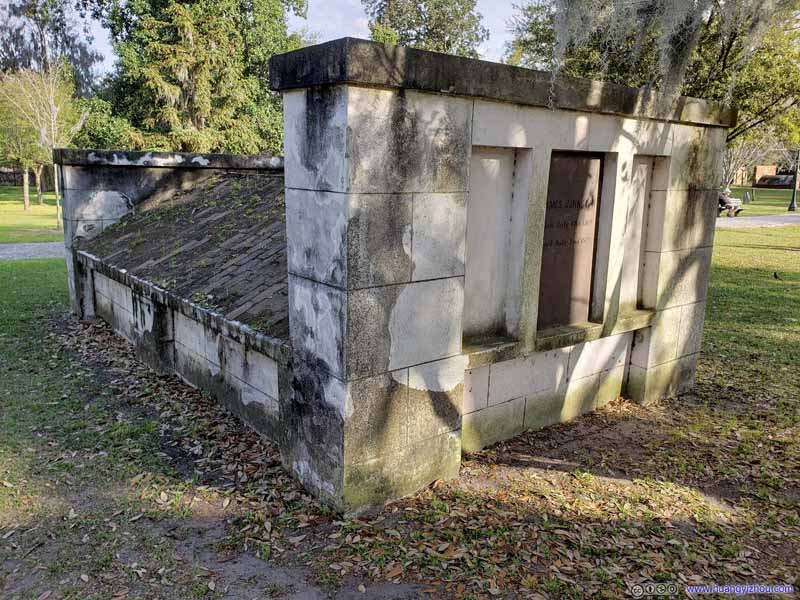
Tomb of James Johnson
Click for details
Here repose the remains of James Johnston (1738- 1808) — editor of Georgia’s first newspaper.
A native of Scotland, Johnston settled at Savannah in 1761. “Recommended as a person regularly bred to and well skilled in the Art and mystery of Printing,” he was appointed public printer of the Province by legislative Act during the following year. The first issue of the Georgia Gazette appeared at Savannah on April 7, 1763, and with some interruptions publication continued until 1802.
In the American Revolution Johnston sympathized with the royal government and, in his words, “refused to admit to his Paper any of the Seditious publications then circulating thro’ the different provinces.” He closed his printing press in February, 1776. When British rule was restored in 1779 he returned to Savannah and resumed publication of the newspaper under the title, ROYAL GEORGIA GAZETTE.
A good man and a skilled printer, Johnston did not lose the respect of the Patriots. After the Revolution he was permitted to return. In 1783 he began publication again under the style. GAZETTE OF THE STATE OF GEORGIA. He died in his 70th year, October 4, 1808From official information board.
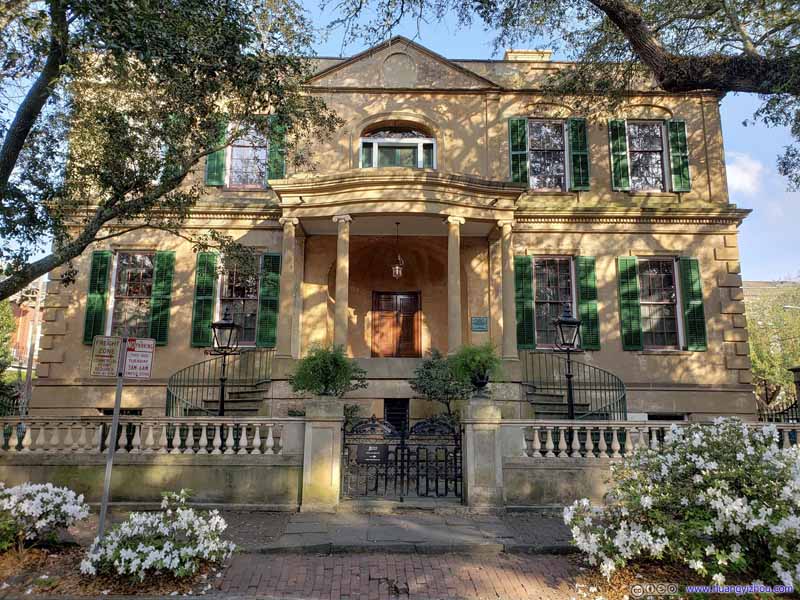
Owens Thomas House Marquis de Lafayette
Click for details
This residence is the outstanding monument to the architectural genius of William Jay who completed his designs for its construction prior to his twenty-first birthday. Supervision of the work brought Jay to America in 1817. Its period is English Regency. Its style is known as Greek Revival. Its interiors are particularly notable and, in many features, unique. Of its style and period it is Savannah’s finest and among the nation’s best.
The mansion was built 1816-1819 for Richard Richardson, a Savannah merchant. The basement, of “tabby” construction, is of much earlier date, and contains the original trim of the de Brahm house which once occupied the site.
General LaFayette was quartered here as a guest of the City when he visited Savannah in 1825. He addressed the populace from the south balcony.
The mansion was left in trust to the Telfair Academy of Arts and Sciences in 1951 by Margaret Gray Thomas whose grandfather, George W. Owens, distinguished lawyer and Member of Congress, acquired the property from the Bank of the United States. It is now a historic house museum.From official information board.
Riverfront
Where everyone was dressed in green (that coincidentally included me) and was partying (not me).
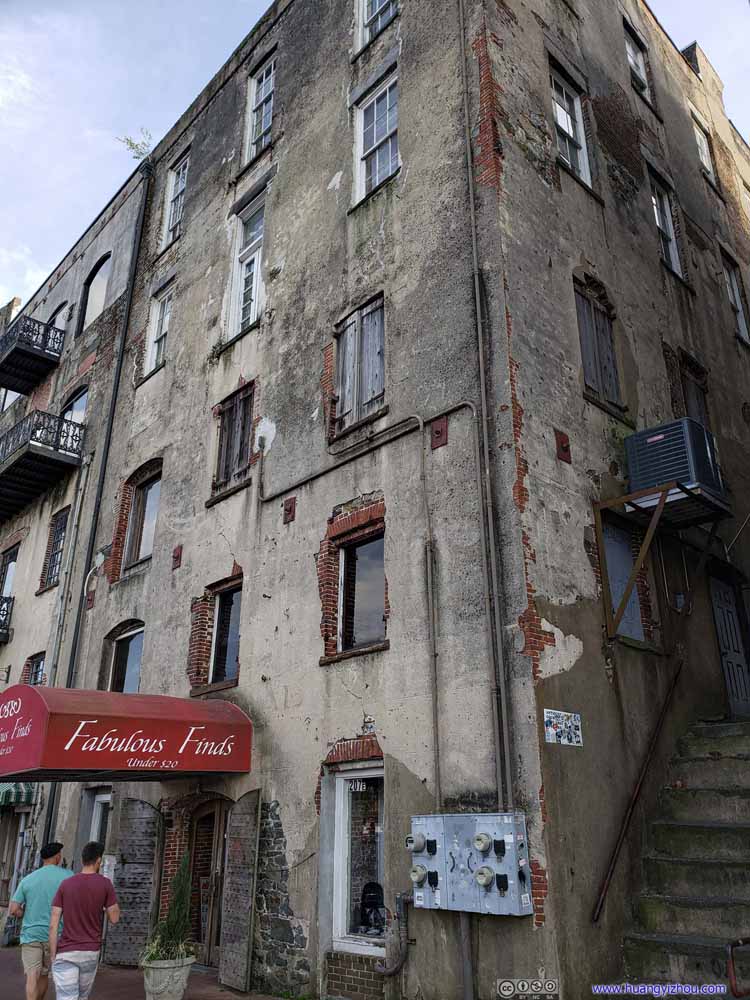
Building with Peeling PaintSigns of age, but when the rest of the building was well maintained like this, they looked pretty artistic.

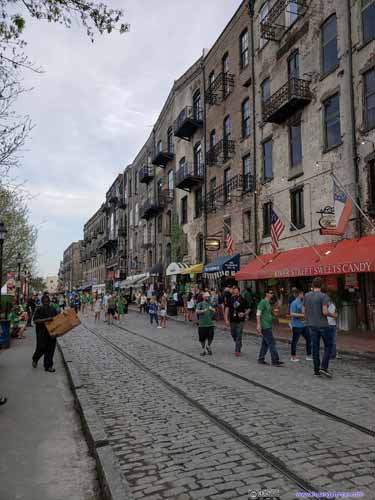 River StreetNormally a tram would run on River Street on this track, not today for the amount of people here.
River StreetNormally a tram would run on River Street on this track, not today for the amount of people here.
Then I came across United States Coast Guard Eagle Ship docked at the city’s waterfront.
USCG Eagle Ship
The ship served as a training cutter for future coast guard officers, and was one of only two active commissioned sailing vessels in the United States military nowadays. The other being USS Constitution in Boston, which I visited in December 2017. The ship was on an active tour all over North America with a published schedule. It seemed that I caught them in Savannah by luck.
And since it’s open to the public, I got onboard for a quick tour. They were even handing out posters of the ship as souvenirs.
Although I would love to spend more time in the festive mood at the city’s waterfront, the maximum time allowed by parking meter was 2 hours. So after leaving USCGC Eagle, I raced back to my car.

Haitian MonumentHonoring the largest unit of men of African descent who were recruited from present-day Haiti to serve in the Revolutionary War.
And this marked the end of my Savannah tour, as there’s no point in renewing my parking meter and walking 1km back to the riverfront. So I went on my way to my overnight Airbnb stay in Hinesville.
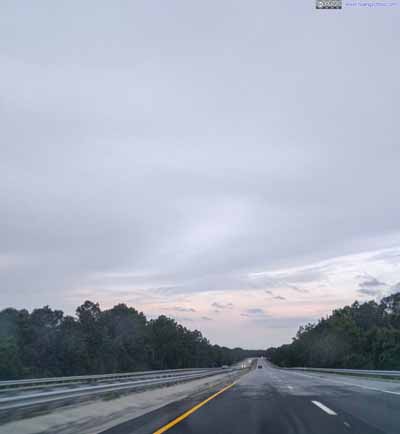
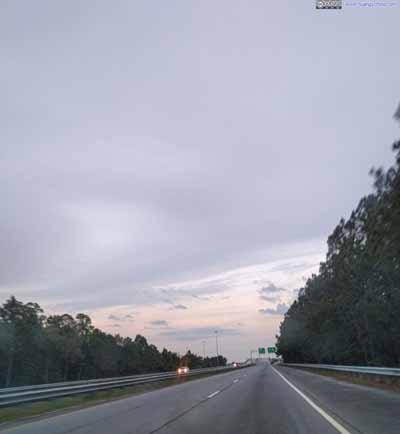 Veterans Parkway out of SavannahA joyous but brief ride out of the festive city of Savannah, with beautiful clouds over horizon.
Veterans Parkway out of SavannahA joyous but brief ride out of the festive city of Savannah, with beautiful clouds over horizon.
And I arrived at a comfortable bed for the night in a little bit over an hour.
END
![]() Day 2 of 2019 Florida Spring Break, Savannah by Huang's Site is licensed under a Creative Commons Attribution-NonCommercial-ShareAlike 4.0 International License.
Day 2 of 2019 Florida Spring Break, Savannah by Huang's Site is licensed under a Creative Commons Attribution-NonCommercial-ShareAlike 4.0 International License.

